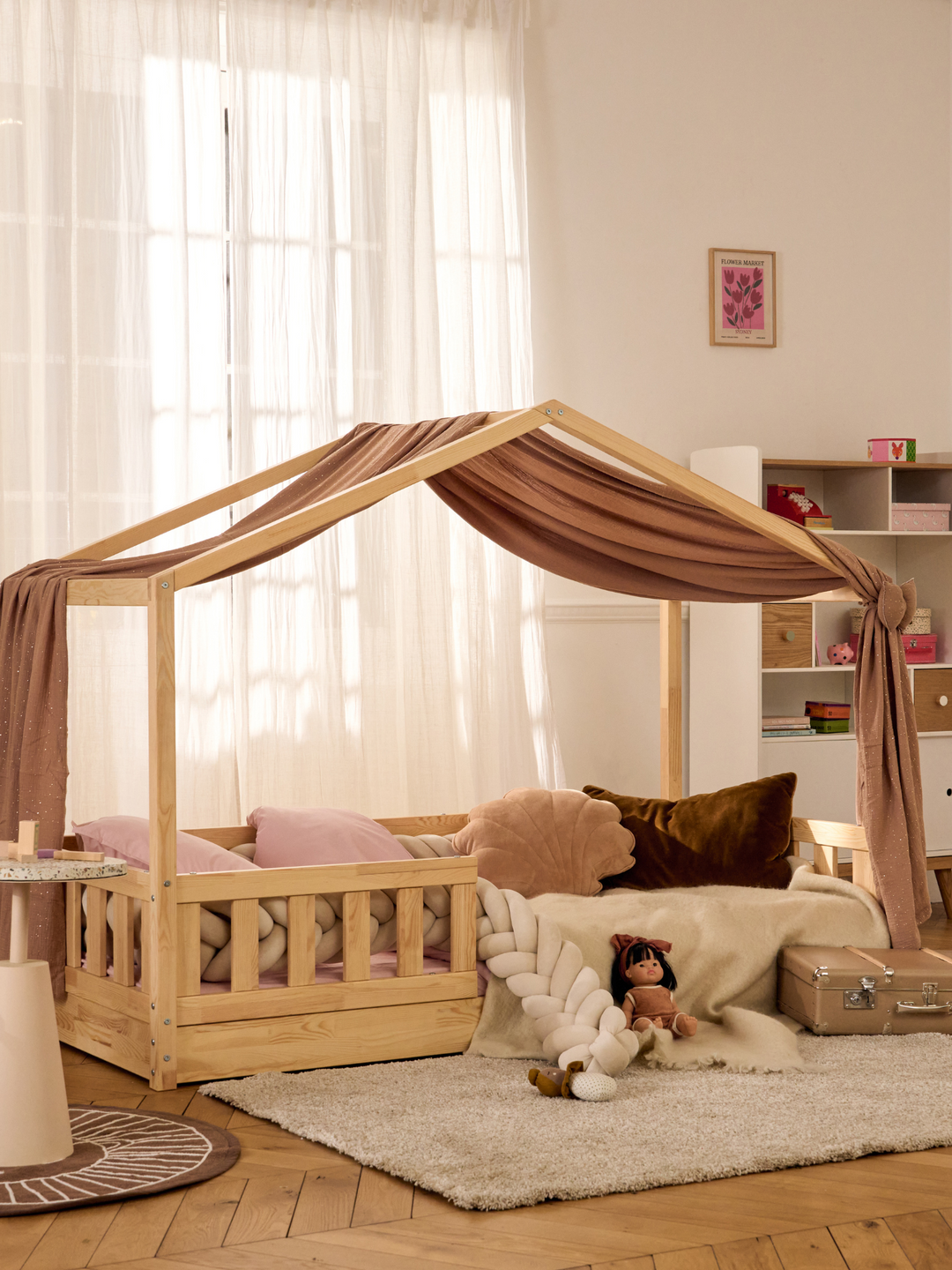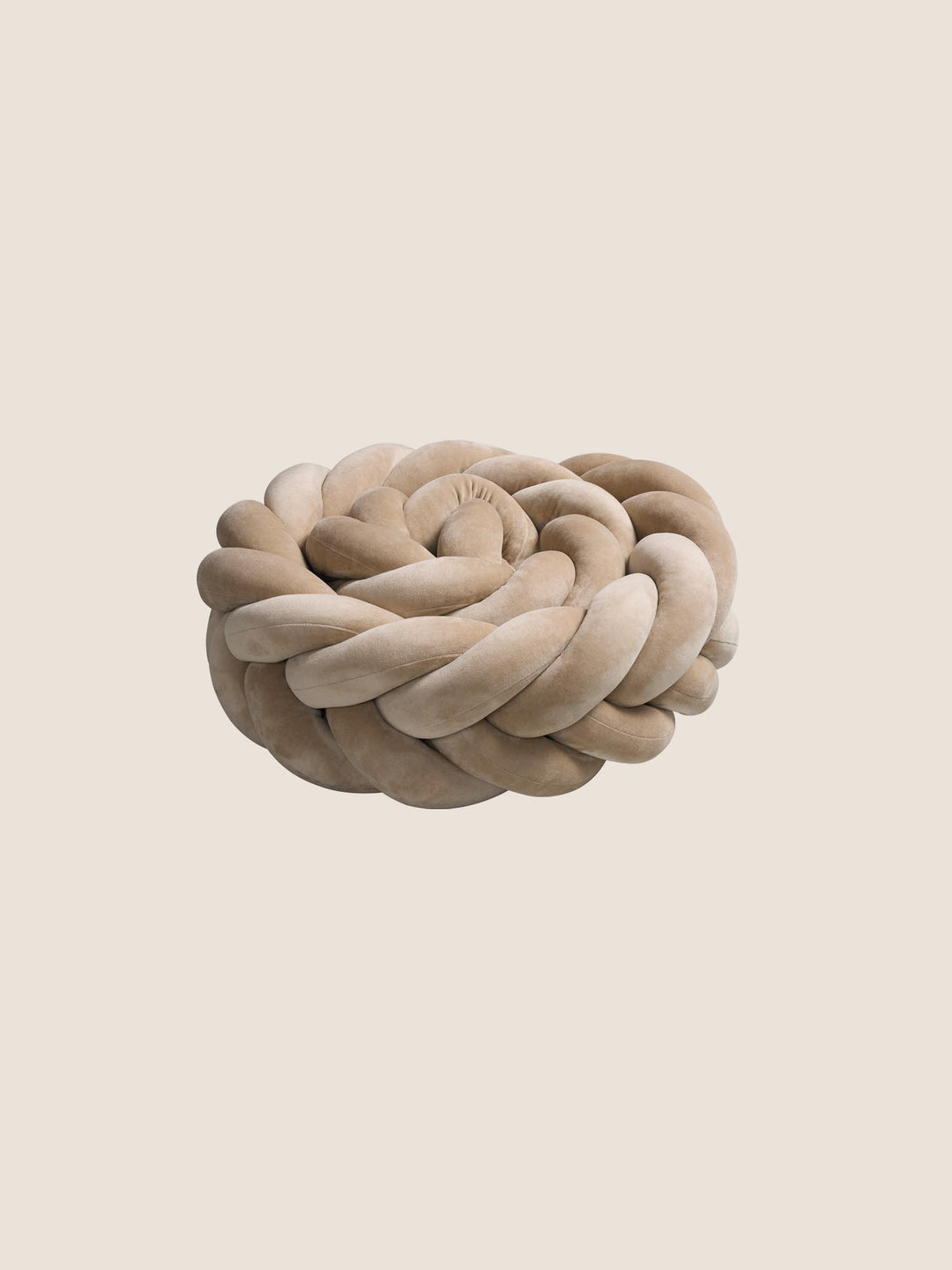Le repos de nos enfants est précieux, et maintenir une couette propre est essentiel pour leur garantir un sommeil de qualité. Mais comment s'assurer que leur petit cocon reste à la fois propre et confortable, surtout lorsqu'il s'agit d'une couette de lit cabane ? Vous êtes-vous déjà demandé quelle lessive choisir pour ne pas compromettre la douceur et la salubrité des textiles dédiés à nos petits aventuriers tandis qu'ils s'évadent vers de doux rêves ? Nous explorerons d'abord les caractéristiques spécifiques des couettes de lit cabane pour enfants, en nous concentrant sur leur composition et les recommandations en matière de fréquence de lavage. Les types de lessives adaptées seront variés, notamment les versions hypoallergéniques et écologiques, pour préserver la peau sensible des enfants tout en respectant l'environnement. Des conseils pratiques vous seront livrés pour le nettoyage et l'entretien, où l'on traitera du pré-traitement des taches et de la sélection de la température et du cycle de lavage appropriés. Enfin, nous aborderons les précautions à prendre et les erreurs à éviter, telles que l'utilisation de produits inadaptés ou les astuces pour un séchage optimal de la couette de lit cabane pour enfants.





